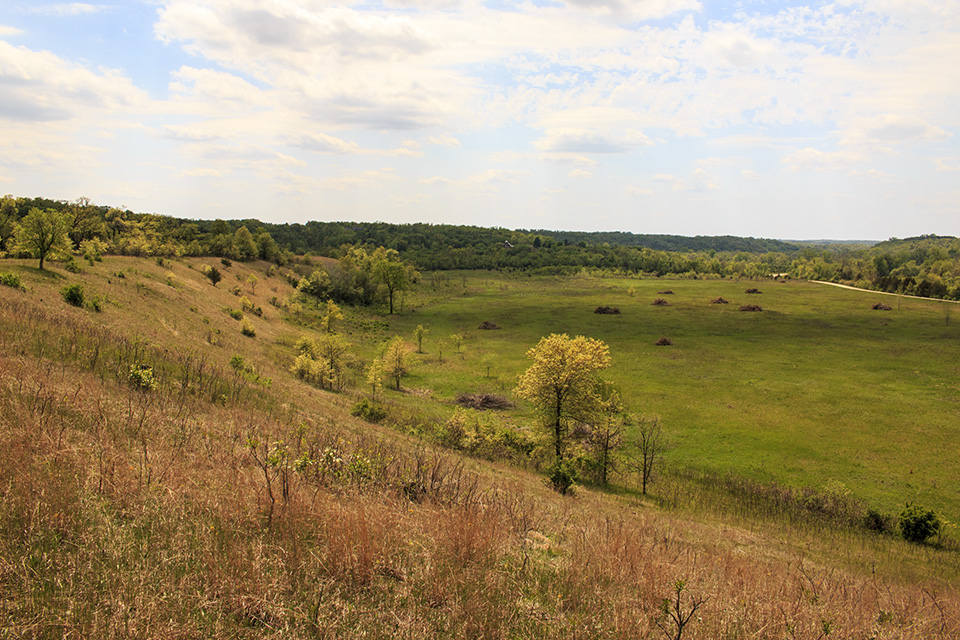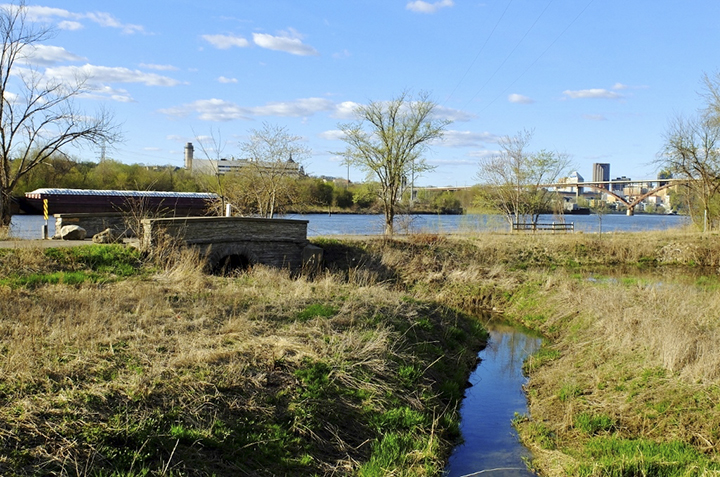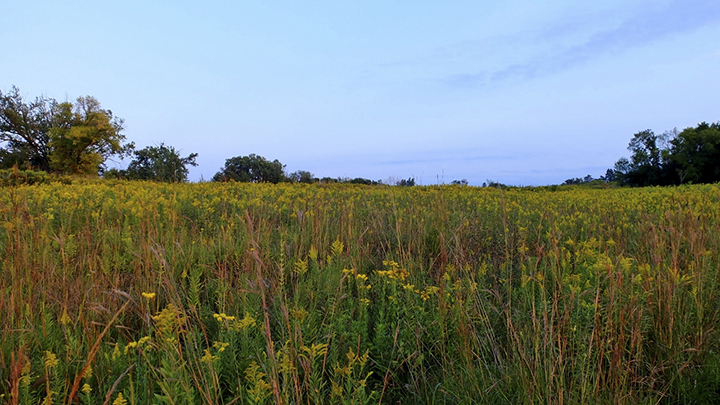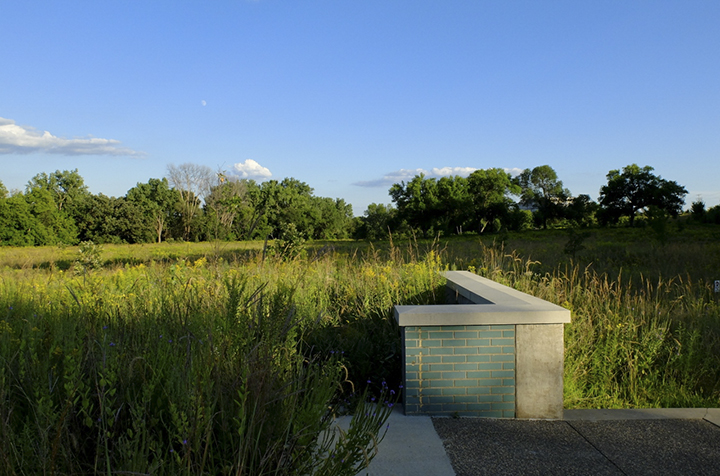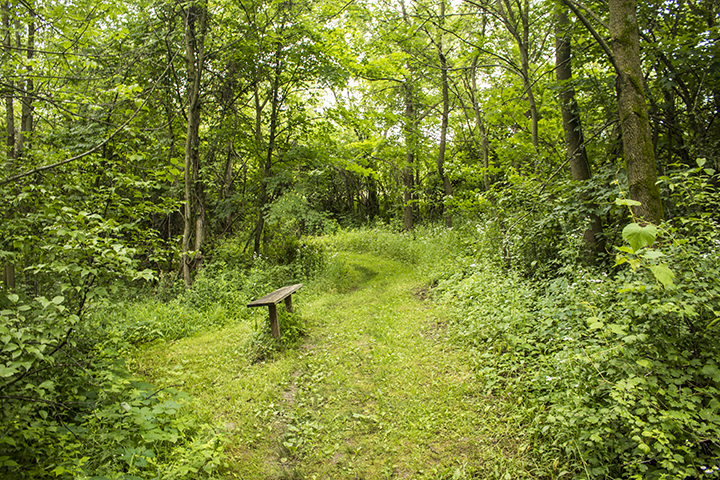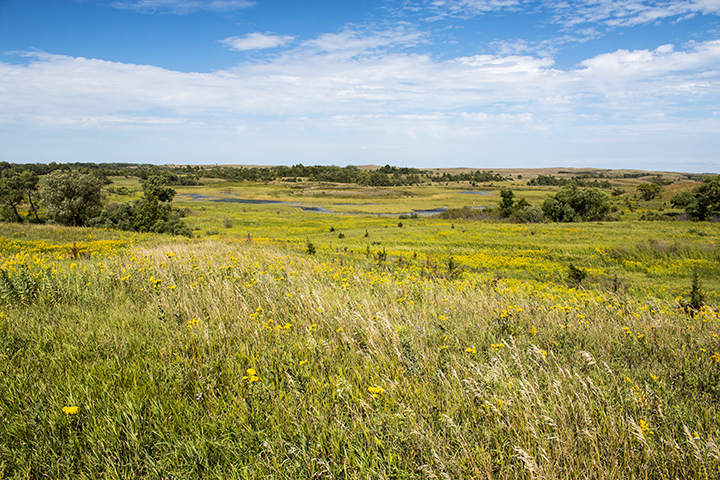
West Prairie
Leif Mountain is a The Nature Conservancy preserve in Kandiyohi County. Its 801 acres protect a diverse mix of habitats including wet, mesic, and dry prairies, oak forest, cattail marsh, and three lakes.
There are three parking areas on Leif Mountain (see map above) giving access to three very different areas, and visitors should consider exploring all three. The south parking area is on 47 acres that includes about 20 acres of wet and mesic prairie, a 1-acre pond and cattail marsh, and a 2-acre pond. The remainder of this section is cattail marsh. A narrow dry land bridge leads to a wooded peninsula jutting into the marsh south of Section Twelve Lake. Access from the south area to the rest of the preserve is blocked by the lake and by cattail marsh.
The southwest parking area is on 27 acres. It includes two native plant communities, 2½ acres of Dry Sand – Gravel Prairie (Southern) and 1½ acres of Mesic Prairie (Southern), and 5 acres of mixed woodland and wet and mesic prairies. The remainder of the area is cattail marsh.
The west parking area is on about 340 acres. It includes two unnamed lakes, 80 acres of Dry Sand – Gravel Prairie (Southern), 13½ acres of Basswood – Bur Oak – (Green Ash) Forest, and a mix of mesic prairie, wet prairie, and cattail marsh. The high quality forest has common and rare woodland species not found other places on the preserve.
Several species with conservation status in Minnesota have been seen on Leif Mountain, including American White Pelican, Bald Eagle, Red-shouldered Hawk, regal fritillary, and American ginseng.
http://www.minnesotaseasons.com/Destinations/Leif_Mountain.html

